Entanglement theory has been a topic of interest for physicists for decades. The idea that particles can be connected in such a way that their states are dependent on each other, regardless of the distance between them, has been proven through numerous experiments. However, recent studies have shown that entanglement theory may also have implications for therapy and counseling.
The concept of entanglement theory in therapy suggests that people are interconnected in ways that are beyond our understanding. This interconnectedness can manifest in various ways, including emotional, physical, and psychological connections. Some experts believe that this interconnectedness can be harnessed to improve therapy outcomes by creating a deeper sense of connection between the therapist and the patient.
While the idea of entanglement theory in therapy is still in its early stages, many therapists and researchers are exploring its potential applications. Some believe that it could be used to improve the effectiveness of therapy by creating a stronger bond between the therapist and the patient. Others suggest that it could be used to help people overcome trauma or other psychological issues by tapping into the interconnectedness of all things.
Theoretical Approaches to Therapy
When it comes to therapy, there are several theoretical approaches that therapists and counselors can use to help their clients. These approaches fall into three main categories: psychotherapy theories, counseling theories, and humanistic theories.
Psychotherapy is a type of therapy that focuses on exploring a patient’s unconscious thoughts and feelings. This approach can help patients gain insight into their behavior and emotions and can be useful for treating a range of mental health conditions.
One of the most well-known psychotherapy theories is psychoanalysis, which was developed by Sigmund Freud. This approach focuses on helping patients understand and resolve unconscious conflicts that are causing their symptoms.
Other psychotherapy theories include behavior therapy, which focuses on changing problematic behaviors, and cognitive-behavioral therapy, which helps patients identify and change negative thought patterns.
Counseling is a type of therapy that focuses on helping patients work through specific problems or challenges. This approach is often used to help patients cope with life transitions, relationship issues, and other stressors.
One of the most well-known counseling theories is client-centered therapy, which was developed by Carl Rogers. This approach emphasizes the importance of empathy, unconditional positive regard, and authenticity in the therapeutic relationship.
Other counseling theories include solution-focused therapy, which focuses on helping patients identify and achieve their goals, and narrative therapy, which helps patients reframe their life stories in a more positive light.
Humanistic theories of therapy emphasize the importance of the individual’s subjective experience and personal growth. These approaches focus on helping patients develop a sense of self-worth and self-actualization.
One of the most well-known humanistic theories is gestalt therapy, which emphasizes the importance of present-moment awareness and personal responsibility. Another humanistic approach is positive psychology, which focuses on helping patients identify and cultivate their strengths and positive qualities.
Overall, there are many theoretical approaches to therapy, and therapists and counselors often use a combination of approaches to help their patients. By understanding these different approaches, patients can better understand what to expect from therapy and find a therapist who is a good fit for their needs.
The Role of Entanglement Theory in Therapy
Explaining Entanglement Theory
Entanglement theory is a concept in quantum physics that suggests that particles can become “entangled” with each other, meaning that they become connected in a way that cannot be explained by traditional physics. This concept was first proposed by Albert Einstein, who referred to it as “spooky action at a distance”.
Entanglement theory has been further developed in recent years as scientists have gained a better understanding of quantum information. This theory has important implications for the field of therapy, as it suggests that people can become entangled with each other in a similar way to particles.
How Entanglement Theory Affects the Therapeutic Process
The concept of entanglement theory has important implications for the therapeutic process. Research has suggested that the working alliance between a client and therapist is essential to the success of therapy. The working alliance is a relationship between the client and therapist that is characterized by mutual trust, respect, and collaboration.
Entanglement theory suggests that this relationship can be strengthened by the concept of entanglement. If a therapist and client become entangled, they may be able to connect on a deeper level and achieve a greater understanding of each other. This can lead to a stronger working alliance and ultimately better outcomes for the client.
Furthermore, entanglement theory suggests that the therapeutic process may be able to affect the physical world in ways that were previously thought impossible. If a therapist and client become entangled, they may be able to influence each other’s physical states. This could potentially have implications for the treatment of physical ailments as well as mental health issues.
In conclusion, entanglement theory has important implications for the field of therapy. By understanding this theory and its potential effects on the therapeutic process, therapists may be able to improve the outcomes of their clients.
Understanding the Therapeutic Relationship
The therapeutic relationship is a crucial aspect of therapy or counseling. It is the foundation upon which the success of the therapy depends. The therapeutic relationship is the connection between the therapist and the client. It is the way in which the therapist interacts with the client, and how the client perceives the therapist. The therapeutic relationship is built on trust, self-disclosure and communication, respect, and concern for the client.
The Importance of Trust
Trust is one of the most important aspects of the therapeutic relationship. The client must feel that they can trust the therapist to keep their information confidential, to be non-judgmental, and to act in their best interest. The therapist must establish trust by being honest, reliable, and consistent. Trust is built over time, and the therapist must be patient and understanding.
Self-Disclosure and Communication
Self-disclosure is the process of sharing personal information about oneself with another person. In therapy, self-disclosure is an important aspect of building the therapeutic relationship. The therapist must be willing to share some personal information with the client to establish a connection. Communication is also essential in the therapeutic relationship. The therapist must be an active listener, and must be able to communicate effectively with the client. The therapist must be able to understand the client’s needs and concerns and convey empathy and understanding.
Respect and Concern for the Client
Respect and concern for the client are essential in the therapeutic relationship. The therapist must show respect for the client’s values, beliefs, and culture. The therapist must be non-judgmental and must create a safe and supportive environment for the client. The therapist must also show concern for the client’s well-being and must be genuinely interested in helping them.
In summary, the therapeutic relationship is a crucial aspect of therapy or counseling. It is built on trust, self-disclosure and communication, respect, and concern for the client. The therapist must establish a strong therapeutic relationship to help the client connect with, remain in, and get the most from therapy.
The Impact of Entanglement Theory on Clients and Treatment
Entanglement theory provides a unique perspective on the connection between people and how it affects their thoughts, feelings, and behaviors. Incorporating this theory into therapy or counseling can lead to a more holistic approach to treatment. Here are some ways in which entanglement theory can impact clients and their treatment.
Altering Thoughts, Feelings, and Behaviors
Entanglement theory suggests that people are connected in ways that go beyond our typical understanding of relationships. This connection can manifest in various ways, including shared emotions, thoughts, and behaviors. By acknowledging this connection, clients can begin to understand how their actions and feelings impact those around them and vice versa. This understanding can lead to a shift in perspective and a willingness to change behaviors that may be causing harm.
Tools and Techniques for Incorporating Entanglement Theory into Practice
Therapists can use various tools and techniques to incorporate entanglement theory into practice. These may include mindfulness exercises, visualization techniques, and guided meditations. These techniques can help clients become more aware of their connection to others and the impact of their actions on those around them.
Motivation and Commitment to Treatment
By acknowledging the connection between people and the potential impact of their actions, clients may become more motivated to commit to treatment. This motivation can be especially helpful in addressing issues such as anxiety, eating disorders, and addictions. Multimodal therapy, dialectical behavior therapy, acceptance and commitment therapy, and reality therapy are all approaches that can be used to help clients commit to treatment and making lasting changes.
Overall, incorporating entanglement theory into therapy or counseling can provide a unique perspective on the connection between people and how it affects their thoughts, feelings, and behaviors. By acknowledging this connection, therapists can help clients make lasting changes and commit to treatment.
Conclusion
Entanglement theory has the potential to revolutionize the field of therapy and counseling. The concept of entanglement suggests that people are connected in ways that we do not fully understand. This connectivity can have a profound impact on the healing process, as it allows for the exchange of information and energy between individuals.
Neuroscience has shown that the brain is capable of rewiring itself based on experiences. This means that therapy can be used to create new neural pathways that promote healing and growth. Ivan Pavlov’s work on rewards and punishments has also contributed to our understanding of how behavior can be modified through conditioning.
Sigmund Freud’s concept of transference has been used to explain how past experiences can affect current relationships. This concept is particularly relevant in the treatment of phobias, as it helps to identify the root cause of the fear.
Operant conditioning is another technique that has been used in therapy to modify behavior. This approach involves reinforcing positive behaviors and ignoring negative ones. This can be particularly effective in the treatment of addictions and other maladaptive behaviors.
Despite the many techniques and approaches available in therapy, the concept of free will and self-determination remains central to the process. Clients must be empowered to take control of their lives and make choices that support their goals.
In conclusion, the concept of entanglement theory has the potential to revolutionize the field of therapy and counseling. By recognizing the interconnectedness of all things, therapists can help clients to tap into a deeper level of healing and growth. While there are many techniques and approaches available, the ultimate goal of therapy is to empower clients to take control of their lives and create a brighter future for themselves.
Dr Lisa Turner
Dr Lisa Turner








